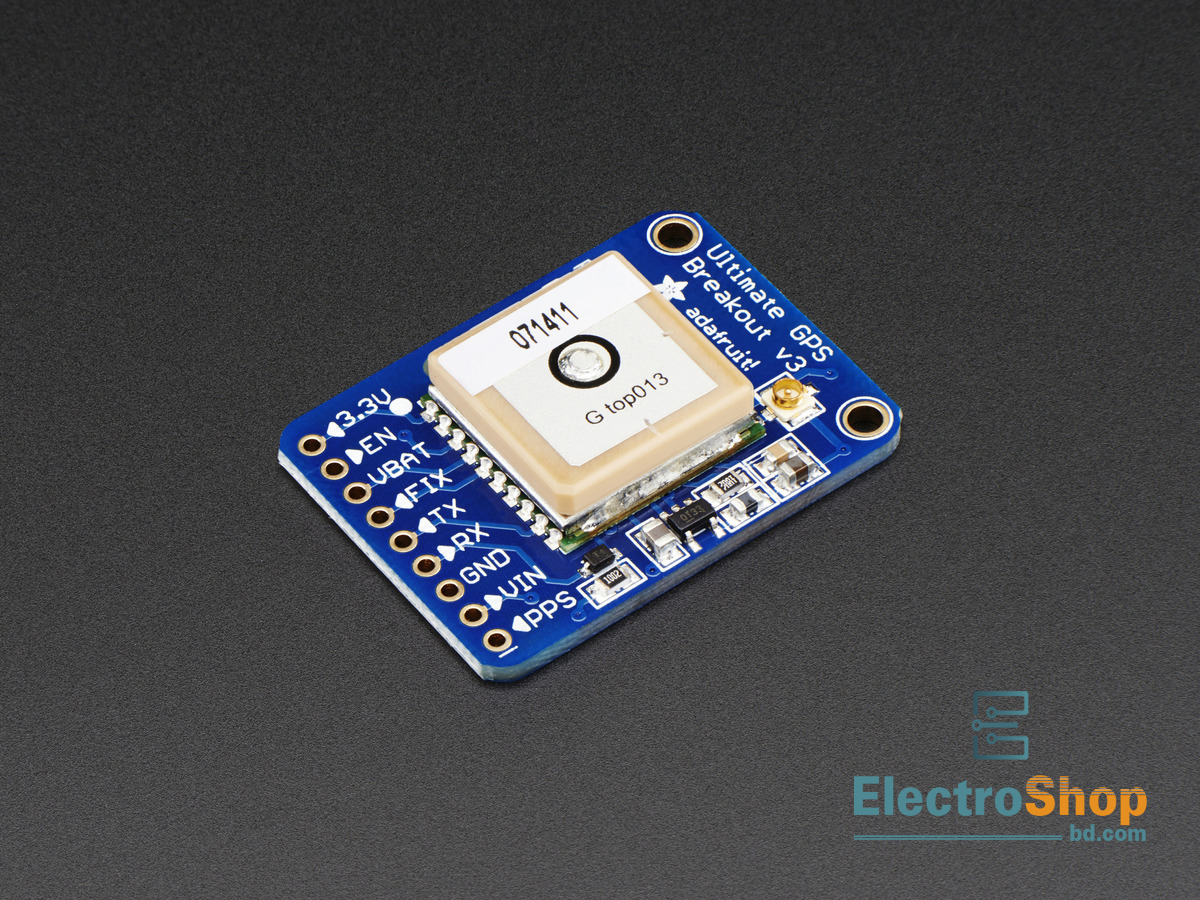Insulator:
An
electrical insulator is a material whose internal electric charges do not flow
freely, and therefore make it nearly impossible to conduct an electric current
under the influence of an electric field. This contrasts with other materials,
semiconductors and conductors, which conduct electric current more easily. The
property that distinguishes an insulator is its resistivity; insulators have
higher resistivity than semiconductors or conductors.
A perfect
insulator does not exist, because even insulators contain small numbers of
mobile charges (charge carriers) which can carry current. In addition, all
insulators become electrically conductive when a sufficiently large voltage is
applied that the electric field tears electrons away from the atoms. This is
known as the breakdown voltage of an insulator. Some materials such as glass,
paper and Teflon, which have high resistivity, are very good electrical
insulators. A much larger class of materials, even though they may have lower
bulk resistivity, are still good enough to prevent significant current from
flowing at normally used voltages, and thus are employed as insulation for
electrical wiring and cables. Examples include rubber-like polymers and most
plastics.
Insulators
are used in electrical equipment to support and separate electrical conductors
without allowing current through themselves. An insulating material used in
bulk to wrap electrical cables or other equipment is called insulation. The
term insulator is also used more specifically to refer to insulating supports
used to attach electric power distribution or transmission lines to utility
poles and transmission towers. They support the weight of the suspended wires
without allowing the current to flow through the tower to ground.
Types of
insulators:
1. Pin
Insulator
2.
Suspension Insulator
3. Strain
Insulator
4. Shackle
Insulator
Pin
Insulator:
Pin
Insulator is earliest developed overhead insulator, but still popularly used in
power network up to 33KV system. Pin type insulator can be one part, two parts
or three parts type, depending upon application voltage. In 11KV system we
generally use one part type insulator where whole pin insulator is one piece of
properly shaped porcelain or glass. As the leakage path of insulator is through
its surface, it is desirable to increase the vertical length of the insulator
surface area for lengthening leakage path. In order to obtain lengthy leakage
path, one, tow or more rain sheds or petticoats are provided on the insulator
body. In addition to that rain shed or petticoats on an insulator serve another
purpose. These rain sheds or petticoats are so designed, that during raining
the outer surface of the rain shed becomes wet but the inner surface remains dry
and non-conductive. So there will be discontinuations of conducting path
through the wet pin insulator surface.
In higher
voltage like 33KV and 66KV manufacturing of one part porcelain pin insulator
becomes difficult. Because in higher voltage, the thickness of the insulator
become more and a quite thick single piece porcelain insulator can not
manufactured practically. In this case we use multiple part pin insulator,
where a number of properly designed porcelain shells are fixed together by
Portland cement to form one complete insulator unit. For 33KV tow parts and for
66KV three parts pin insulator are generally used.
Suspension
Insulator:
In higher
voltage, beyond 33KV, it becomes uneconomical to use pin insulator because
size, weight of the insulator become more. Handling and replacing bigger size
single unit insulator are quite difficult task. For overcoming these
difficulties, suspension insulator was developed.
In
suspension insulator numbers of insulators are connected in series to form a
string and the line conductor is carried by the bottom most insulator. Each
insulator of a suspension string is called disc insulator because of their disc
like shape.
Strain
Insulator:
When
suspension string is used to sustain extraordinary tensile load of conductor it
is referred as string insulator. When there is a dead end or there is a sharp
corner in transmission line, the line has to sustain a great tensile load of
conductor or strain. A strain insulator must have considerable mechanical
strength as well as the necessary electrical insulating properties.
Shackle
Insulator:
The shackle
insulator or spool insulator is usually used in low voltage distribution
network. It can be used both in horizontal and vertical position. The use of
such insulator has decreased recently after increasing the using of underground
cable for distribution purpose. The tapered hole of the spool insulator
distributes the load more evenly and minimizes the possibility of breakage when
heavily loaded. The conductor in the groove of shackle insulator is fixed with
the help of soft binding wire.











